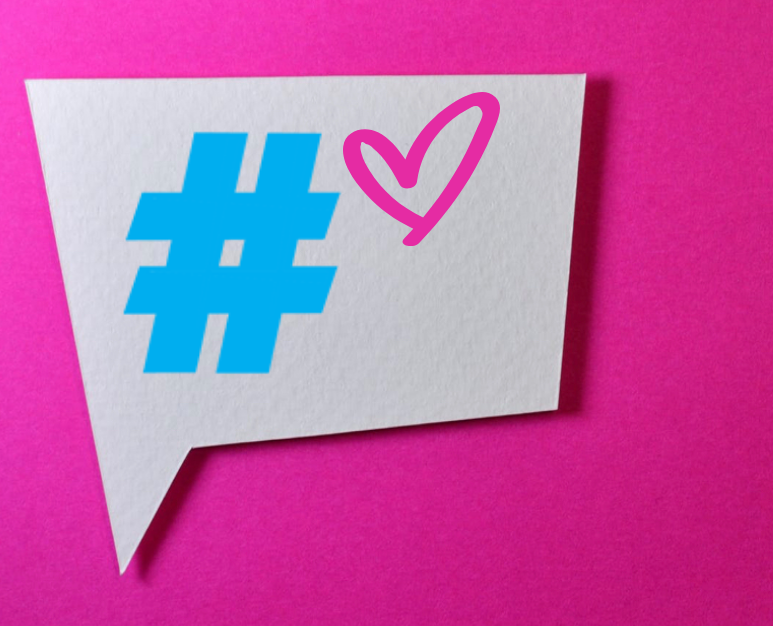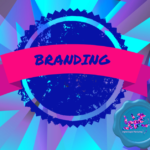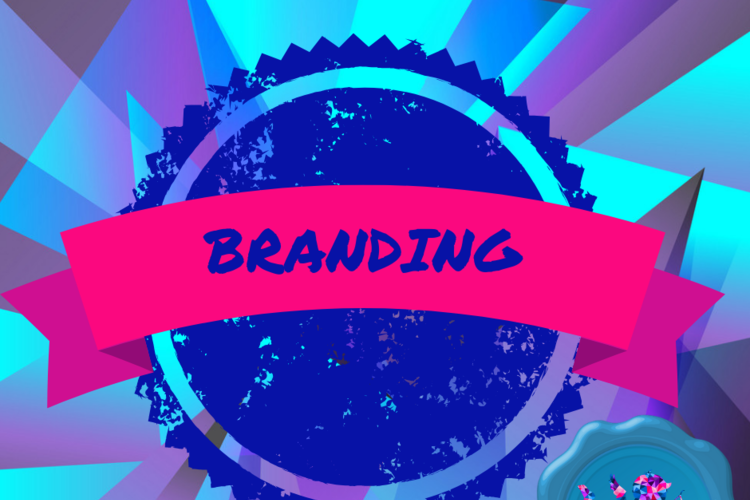
It’s 2018, and you know by now that your brand NEEDS a social media presence, but, which platforms? The Big three – Facebook, Twitter, and Instagram? But what about LinkedIn, since you see so many people sharing content on their business pages? Also, didn’t your colleague mention something about using Medium to market his posts? And we can’t forget Snapchat – my friends’ kids use it all the time! And hello! Pinterest!
Wow. That’s quite a few platforms. Can you think of any more social media sites? Reddit? Google plus? How many social platforms are actually out there? It’s hard to tell exactly. Just a quick Google Search can pull up this list of over 60 social media sites, and it’s safe to assume that it’s probably not comprehensive.
With tens of social media platforms spanning different niches and demographics out there, surely your company can’t manage an account on all of them, so how do you know which ones to pick?
A lot of brands think they need to be active on every platform out there – certainly all the “big” ones. But the truth is that more isn’t always better, and while it is important to have a social presence, it’s really only necessary for the ones that are relevant to your brand.
Not all social media platforms are ideal for every industry, demographic, and brand.
You’ll save a lot of time, money, and resources if you know which sites to focus on and which to pass on so you can get the most bang for your buck and energy.
If you’re thinking of creating social media accounts for your brand, make sure you take some time to understand who your target demographic is and what platforms they’re active on. You can have the best social marketing strategy in the world, but if your audience isn’t using the channel you’re on, your brand will never get in front of them and you’ll have a lot of wasted time (and potentially money) on your hands. Yikes!
So, got your target demographic in mind? Good! Read on to find out which of the top social media platforms your brand actually needs.
We started with the most popular social media channel for exactly that reason. Facebook has over 1 billion active users, and their demographics vary widely, because by and large, everyone uses Facebook. No matter who your audience is, you’ll be able to find them on the platform, and even target ads specifically to them.
You will need to be prepared with a marketing budget though, because you do have to pay to get your ads in front of the right eyes. And while this is a fantastic option for most industries – admittedly, it’s not ideal for 100%.
If your company sells tobacco or vaping products, alcohol or products endorsing or designed for use with alcohol, or is associated with gambling in any way (sorry cryptocurrencies), Facebook’s policies usually won’t run ads endorsing those industries. So make sure to check every platform’s policies before you get started.

Since Instagram is owned by Facebook we’ll pick up there. Like Facebook, you’ll benefit from that same great advertising platform. Unlike its parent company however, while you can pay for ads on Instagram, it’s also easier to grow a following organically here than it is on Facebook. Although, if you choose to run ads on Facebook you can run the same ones simultaneously on your connected Instagram account.
But is Instagram right for your brand? Well, it’s a highly visual platform, so if you’re going to use Insta as one of the main social media channels for your business, you better be sure you can curate the right type of content.
On Instagram, people tend to love pictures of food, animals, inspirational quotes, entertainment & humor, and lifestyles they take interest in. So it might not be for you if you run an accounting agency, but a freelance hairstylist might have great luck sharing images of their looks.
Be mindful of your demographic’s age range, though. Instagram tends to see a younger crowd, with the highest usage among 18-29-year olds, followed 30-49-year-olds. If your audience is on the tail end of that or older, you may want to skip Instagram and find a platform where they’re more easily accessible to you.
Twitter is a great platform to integrate into your social media marketing. While it doesn’t boast numbers quite as high as Facebook, it still had an impressive average monthly user base of 330 million people in Q3 of 2017. Most of its users are affluent millennials, which makes Twitter a great option if that generation is in your demographic, and especially if you’re trying to sell to them; but if you want to target an above 40 crowd you’d probably do better somewhere else.
Like Facebook, Twitter has targeted ad tools you can use to get your content in front of the right people to help expand your reach (but keep in mind that there are certain industries that may be against Twitters terms of service to advertise.) But Twitter is also similar to Instagram, in that you can do a lot of organic marketing through strategic use of hashtags if you don’t have a social budget.
If interacting with your followers and fans of your industry is a priority to you (and in many cases, it should be), Twitter is a cool, fast-paced, real-time option you should definitely take advantage of.
A lot of people use LinkedIn to profile their professional careers – with 250 million monthly active users and a reported two new users per second! That’s a fantastic audience to tap into – if you run a B2B company (a business that offers their product or service to other businesses, as opposed to consumers).
If you do service consumers, you can still use a LinkedIn company page to spread awareness of your brand or share interesting updates, but it’s probably not the place to expect any kind of ROI or turn people into customers.
If you plan to use LinkedIn as a part of your brand’s social media marketing strategy, you’ll need to set aside a budget for ads. It’s campaign options aren’t as advanced as Facebook, but it does offer more job title and industry options than the former. This is ideal if your target demo is career professionals like hiring managers, HR specialists, business owners, etc.
Because of its status as the “social media platform for professionals”, you’ll also find that the age range of people who use LinkedIn varies widely from college to retirement age, and you won’t see many people under their early twenties using it.

Pinterest isn’t created for all businesses, but if your demographic is largely women or creatives, this is a social media platform your brand may want to get invested in. Specifically if you focus on food, weddings, parenting, lifestyle, and home goods. The age range of users is similar to Instagram’s and is good for reaching people up to about 45 before the numbers begin to drop off.
As with some of the other platforms, you can use paid ads to promote posts and extend your reach, but you can also use organic options to get your content in front of the people most likely to search for it.
Conclusion
Now, obviously we can’t go through every sing social media platform in existence, but we did want to scratch the surface with the most popular options and help you decide which ones may be the best jumping off point for your business.
There are plenty of other big or rising platforms like Snapchat, Yelp, Google Plus, YouTube, Medium, and more that may benefit your social media marketing strategy in addition to the ones we mentioned.
For those, you’ll need to make a personal choice to decide if they’re right for your brand. For instance if your company sells video capture software or accessories, you might think about leveraging YouTube; or Medium if you’re a thought leader in your field.
But keep in mind that the more platforms you have, the more you’ll have to manage – and none of them will give you the results you want if they’re not managed well, consistently, and strategically.
More isn’t always better, and you’re better off choosing one or two platforms you know you can handle as opposed to juggling 5 or 6 and watching them all collapse.
Use as many or as few as you want, but don’t feel like you need to be present on every platform – it’s a pitfall too many brands fall into and fail. Instead, take a look at the bigger social media channels and build your reputation there.
Once you get comfortable managing those you can branch out a bit, but you may find that if you’ve created an engaging strategy you might not need any other platforms at all!
Which social media platforms is your business currently using or interested in? And where does your demographic fit into each?




